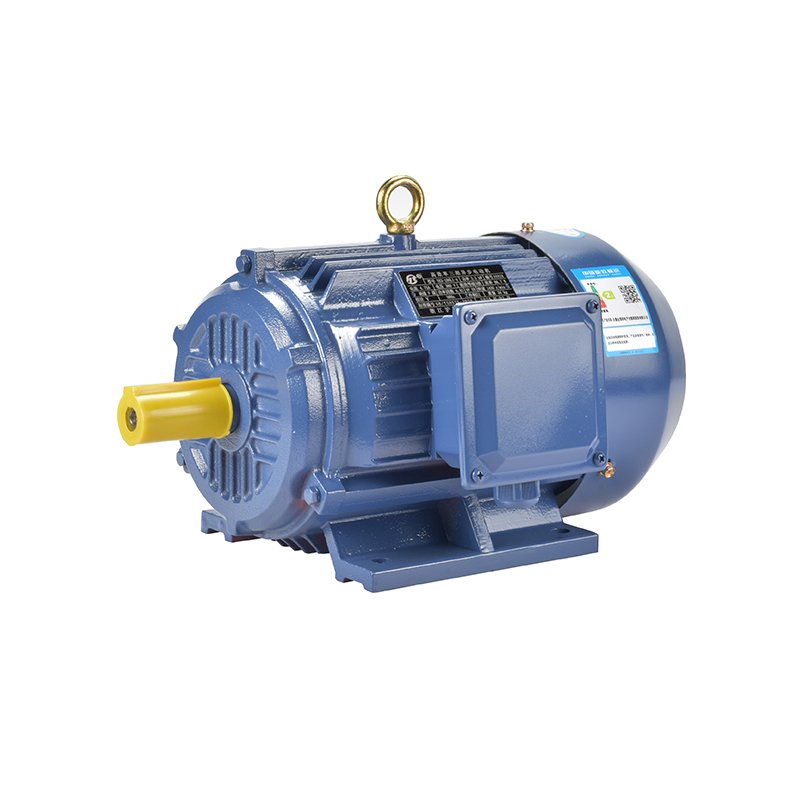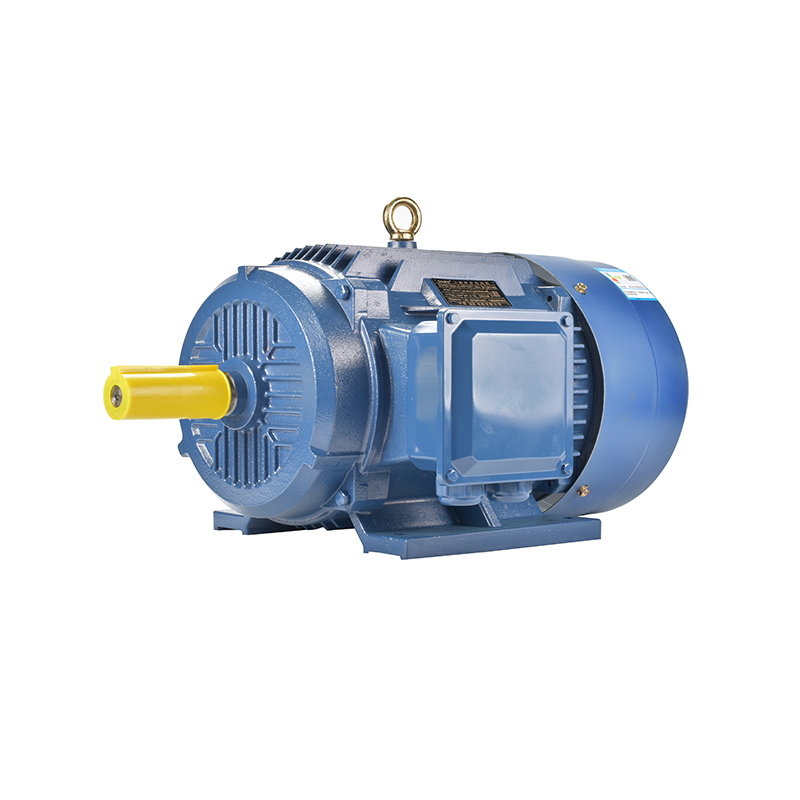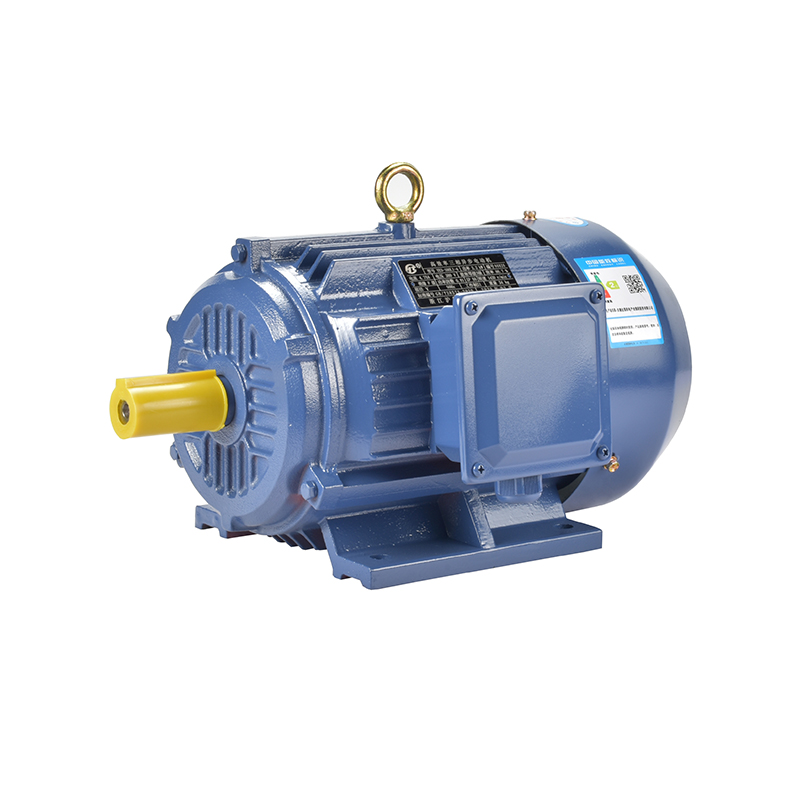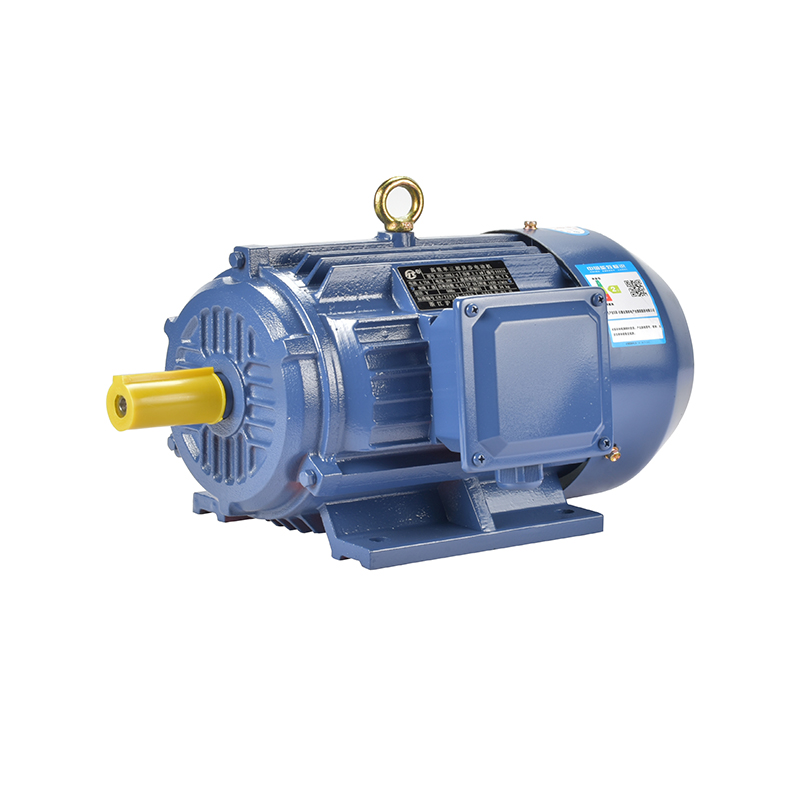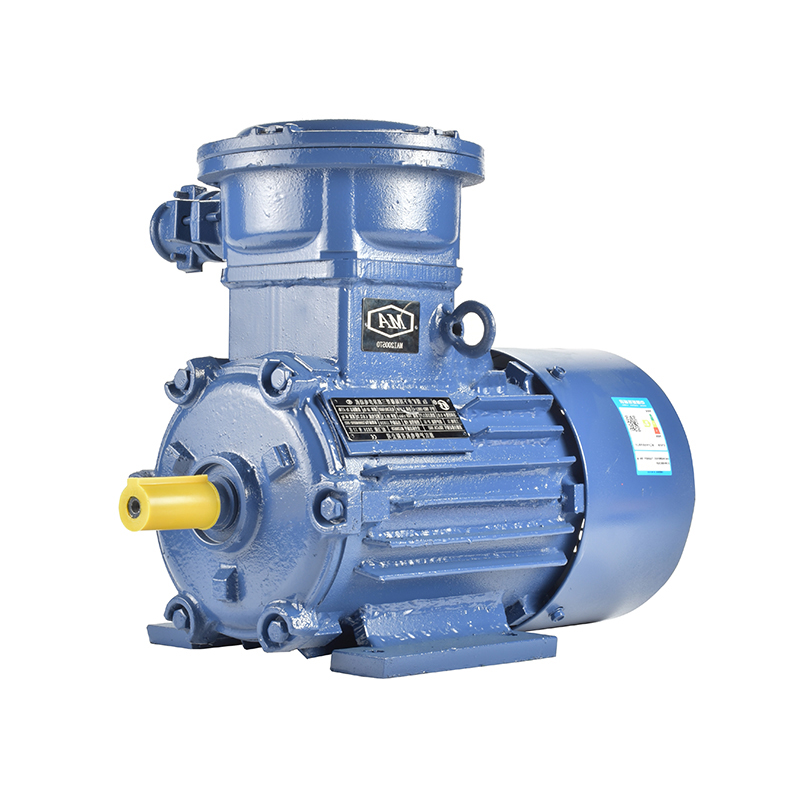Importance Of Rotor Balancing In Production
Rotor balancing plays a crucial role in the manufacturing and performance of electric motors. Whether it is an energy saving servo motor, a 3 phase AC machine, or a permanent magnet synchronous reluctance motor, ensuring the rotor is properly balanced during production can significantly affect the overall efficiency, reliability, and lifespan of the motor.
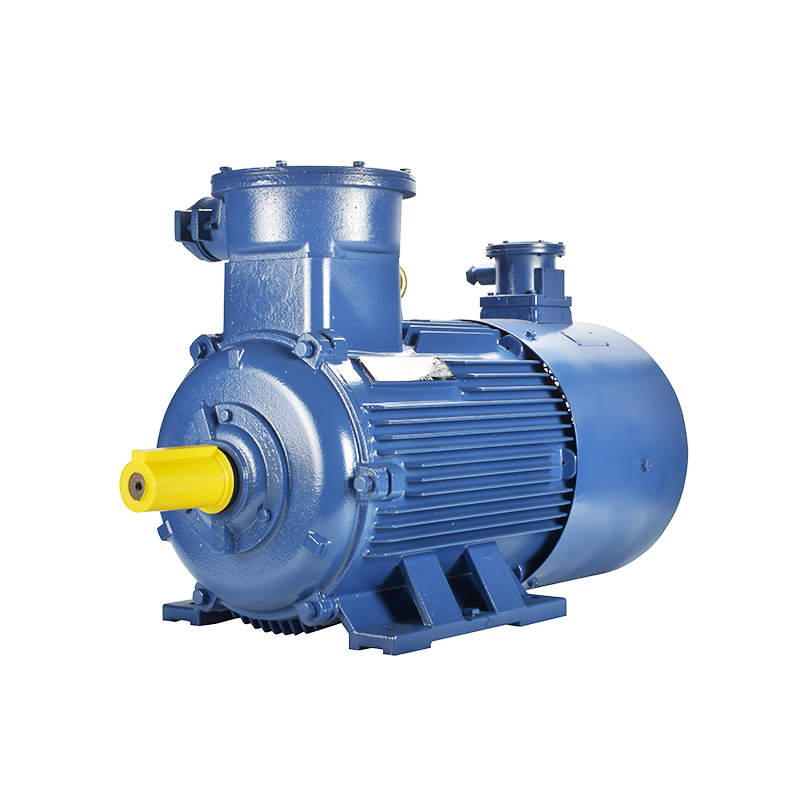
In electric motors, the rotor is the rotating part that interacts with the stator to produce mechanical motion. When the rotor is not balanced, it causes vibrations during operation. These vibrations can advance to several problems, such as increased noise, premature wear of bearings, reduced efficiency, and even potential damage to the motor or connected equipment. This is why rotor balancing is considered an essential step in motor production.
Balancing involves correcting uneven mass distribution in the rotor assembly. During manufacturing, rotors can have slight imidealions due to machining tolerances, material inconsistencies, or assembly errors. These small imbalances, although often invisible to the naked eye, can cause the rotor to wobble when spinning at high speeds. The goal of rotor balancing is to lessen these imbalances to acceptable levels, thereby reducing vibration.
For energy saving servo motors, which are commonly used in precise motion control applications, rotor balancing is especially important. These motors often operate at variable speeds and require smooth rotation to maintain accuracy. Any imbalance can interfere with the servo motor’s ability to perform precise positioning and speed control. In addition, unbalanced rotors can increase energy consumption by causing unnecessary mechanical resistance and heat generation, undermining the energy-saving benefits that servo motors are designed to provide.
Similarly, in 3 phase AC machines, rotor balancing impacts both performance and durability. These machines are widely used in industrial and commercial applications due to their reliability and efficiency. When the rotor is balanced correctly, the motor runs more smoothly, reducing mechanical stress and vibration. This advances to less maintenance and a longer operational life. Conversely, an unbalanced rotor can cause excessive vibration, pilot to fatigue failure of components such as bearings, shafts, and windings.
Permanent magnet synchronous reluctance motors, which combine permanent magnets with reluctance torque for improved efficiency, also benefit from precise rotor balancing. These motors are often found in applications requiring energy efficiency and compact size. Since these motors can operate at high speeds and are designed to be efficient, even minor rotor imbalances can significantly affect their operational stability and efficiency. Proper balancing helps maintain consistent magnetic flux distribution and reduces mechanical losses, contributing to better overall motor performance.
The balancing process typically involves both static and dynamic balancing methods. Static balancing ensures that the rotor’s center of mass aligns with its axis of rotation. Dynamic balancing, on the other hand, corrects imbalances that appear when the rotor is spinning, such as those caused by uneven mass distribution along the rotor’s length. Both methods are important to ensure the rotor spins smoothly at operational speeds.
In production settings, rotor balancing is usually carried out using specialized equipment such as balancing machines. These machines detect imbalance by measuring vibrations or forces generated when the rotor spins. After measuring the imbalance, technicians apply corrections by removing or adding small amounts of material or by attaching balancing weights to specific areas of the rotor.
Apart from improving motor performance, balanced rotors also contribute to quieter operation, which is valuable in environments where noise levels are a concern. Excessive vibration can generate unwanted noise, so balancing helps improve the user experience in settings such as office equipment, home appliances, and medical devices.
It is also worth noting that rotor balancing can influence energy efficiency beyond mechanical aspects. For example, in an energy saving servo motor or a permanent magnet synchronous reluctance motor, reduced vibration means less wasted energy in overcoming mechanical resistance. This translates into lower operating costs and a smaller environmental footprint over the motor’s lifetime.
In conclusion, rotor balancing is a fundamental process in the production of various types of electric motors, including energy saving servo motors, 3 phase AC machines, and permanent magnet synchronous reluctance motors. By less vibration and mechanical stress, balanced rotors help improve motor efficiency, extend service life, reduce noise, and contribute to better overall performance. Manufacturers who pay close attention to rotor balancing during production can offer motors that operate smoothly and reliably in a wide range of applications.
-
Feedback



 English
English русский
русский Español
Español عربى
عربى

